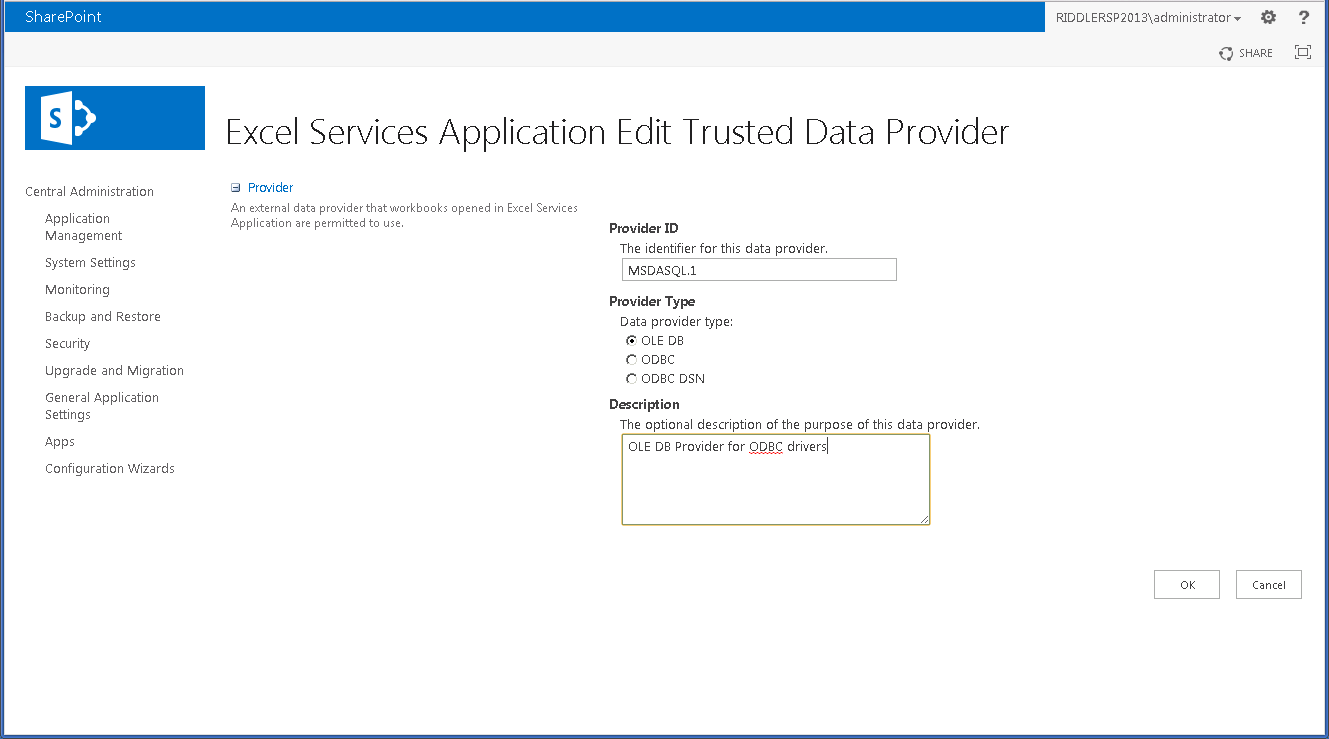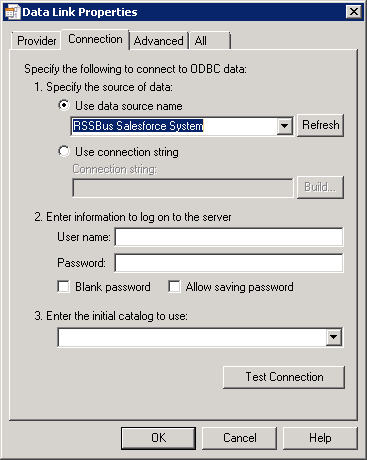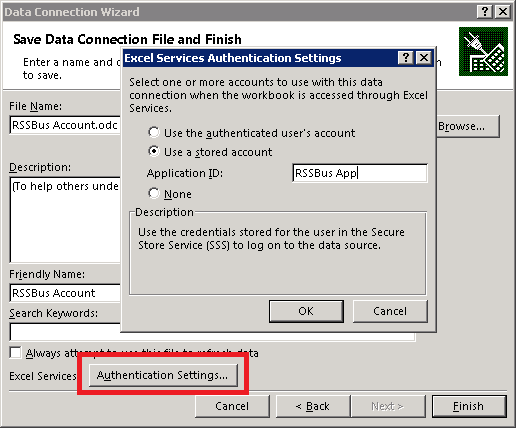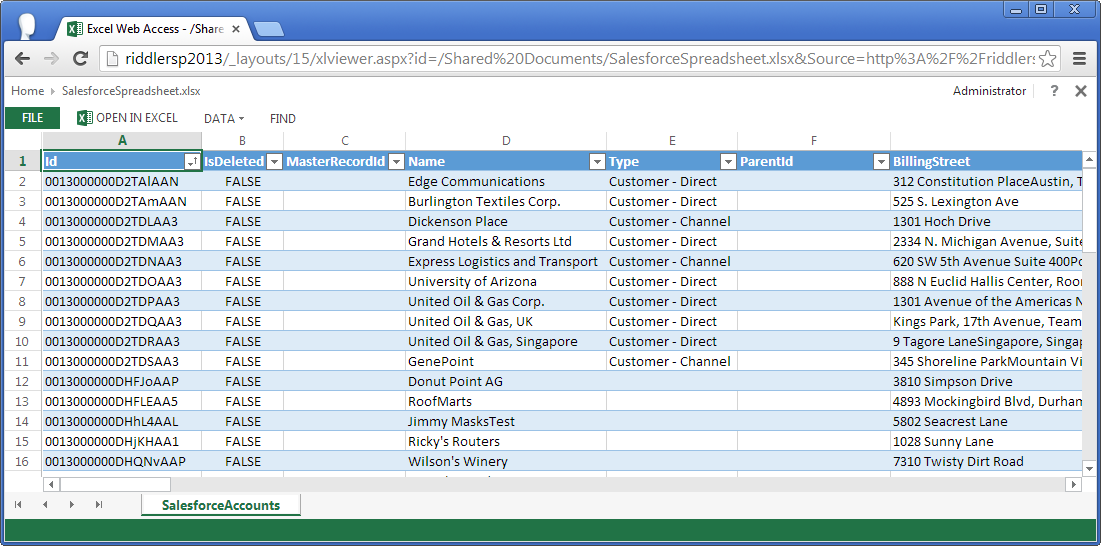Discover how a bimodal integration strategy can address the major data management challenges facing your organization today.
Get the Report →Use the CData ODBC Driver for IBM Cloud Object Storage from SharePoint Excel Services
This article demonstrates how to use the CData ODBC Driver for IBM Cloud Object Storage to connect to IBM Cloud Object Storage data from Excel in on-premises editions of SharePoint. This technique allows SharePoint users to create reports, scorecards, and dashboards featuring IBM Cloud Object Storage data in Excel.
The CData ODBC Driver for IBM Cloud Object Storage can be accessed using the built-in data access tools in Excel. This article demonstrates how to use the CData ODBC Driver for IBM Cloud Object Storage to connect to IBM Cloud Object Storage data from Excel spreadsheets in on-premises editions of SharePoint.
Connect to IBM Cloud Object Storage as an ODBC Data Source
If you have not already, first specify connection properties in an ODBC DSN (data source name). This is the last step of the driver installation. You can use the Microsoft ODBC Data Source Administrator to create and configure ODBC DSNs.
Register a New Instance of Cloud Object Storage
If you do not already have Cloud Object Storage in your IBM Cloud account, follow the procedure below to install an instance of SQL Query in your account:
- Log in to your IBM Cloud account.
- Navigate to the page, choose a name for your instance and click Create. You will be redirected to the instance of Cloud Object Storage you just created.
Connecting using OAuth Authentication
There are certain connection properties you need to set before you can connect. You can obtain these as follows:
API Key
To connect with IBM Cloud Object Storage, you need an API Key. You can obtain this as follows:
- Log in to your IBM Cloud account.
- Navigate to the Platform API Keys page.
- On the middle-right corner click "Create an IBM Cloud API Key" to create a new API Key.
- In the pop-up window, specify the API Key name and click "Create". Note the API Key as you can never access it again from the dashboard.
Cloud Object Storage CRN
If you have multiple accounts, you will need to specify the CloudObjectStorageCRN explicitly. To find the appropriate value, you can:
- Query the Services view. This will list your IBM Cloud Object Storage instances along with the CRN for each.
- Locate the CRN directly in IBM Cloud. To do so, navigate to your IBM Cloud Dashboard. In the Resource List, Under Storage, select your Cloud Object Storage resource to get its CRN.
Connecting to Data
You can now set the following to connect to data:
- InitiateOAuth: Set this to GETANDREFRESH. You can use InitiateOAuth to avoid repeating the OAuth exchange and manually setting the OAuthAccessToken.
- ApiKey: Set this to your API key which was noted during setup.
- CloudObjectStorageCRN (Optional): Set this to the cloud object storage CRN you want to work with. While the connector attempts to retrieve this automatically, specifying this explicitly is recommended if you have more than Cloud Object Storage account.
When you connect, the connector completes the OAuth process.
- Extracts the access token and authenticates requests.
- Saves OAuth values in OAuthSettingsLocation to be persisted across connections.
Configure Excel Services
Once the ODBC DSN is configured, you can configure Excel Services to use the DSN to connect. To do this, you will need to set up the OLE DB provider as a trusted data source. You will also want to decide if you want to use a Secure Store Service to enable single sign-on functionality with the ODBC driver. If you prefer, you can use the Excel Services Unattended account and skip to step 3 below.
- First, set up a secure store application to use single sign-on. In SharePoint Central Administration, go to Application Management -> Manage Service Applications. Select your secure store service application or create a new one. Click Manage on the Edit menu to begin editing the application.
- Create a new target application. You will be able to set the list of users who have access to this application. After the application is created, you will need to set the credentials on the application so that you can use this later for single sign-on.
- Navigate to Application Management -> Manage Service Applications in SharePoint Central Administration. Select the Excel Services application used by your organization or create one if it does not already exist. Click Manage. If you create a new app, check the option to add the service application's proxy to the farm's default proxy list.
- Click on Trusted Data Providers and add a new trusted provider. Set 'MSDASQL.1' for the Provider ID and leave the type as 'OLE DB'. Click OK to add this new provider to the list of trusted providers.
![The OLE DB provider configured as a trusted provider.]()
Connect to and Import IBM Cloud Object Storage Data in Excel
After you have enabled and secured access to the DSN, you can access the data source from the ribbon in Excel.
- In an Excel spreadsheet, open the Data tab and click From Other Sources -> From Data Connection Wizard.
- Select 'Other/Advanced' for the type and on the next screen, select the 'Microsoft OLE DB Provider for ODBC Drivers'. On the Connection tab, select CData IBMCloudObjectStorage Sys, the system DSN. The driver installation automatically creates matching user and system DSNs: The system DSN is needed to connect from SharePoint.
![The DSN to connect to. (Salesforce is shown.)]()
- Select the table you would like to connect to.
- On the last step of the wizard, click the 'Authentication Settings' button. Select the 'Use a stored account' and enter the name of the secure store target application you created earlier. Or, if you want to use the Unattended Service Account, select None.
![The name of the secure store target application.]()
- After you finish the wizard, the data is imported into the spreadsheet. You can now update and save IBM Cloud Object Storage data directly in SharePoint.
![Data imported into the spreadsheet from the ODBC data source.]()










